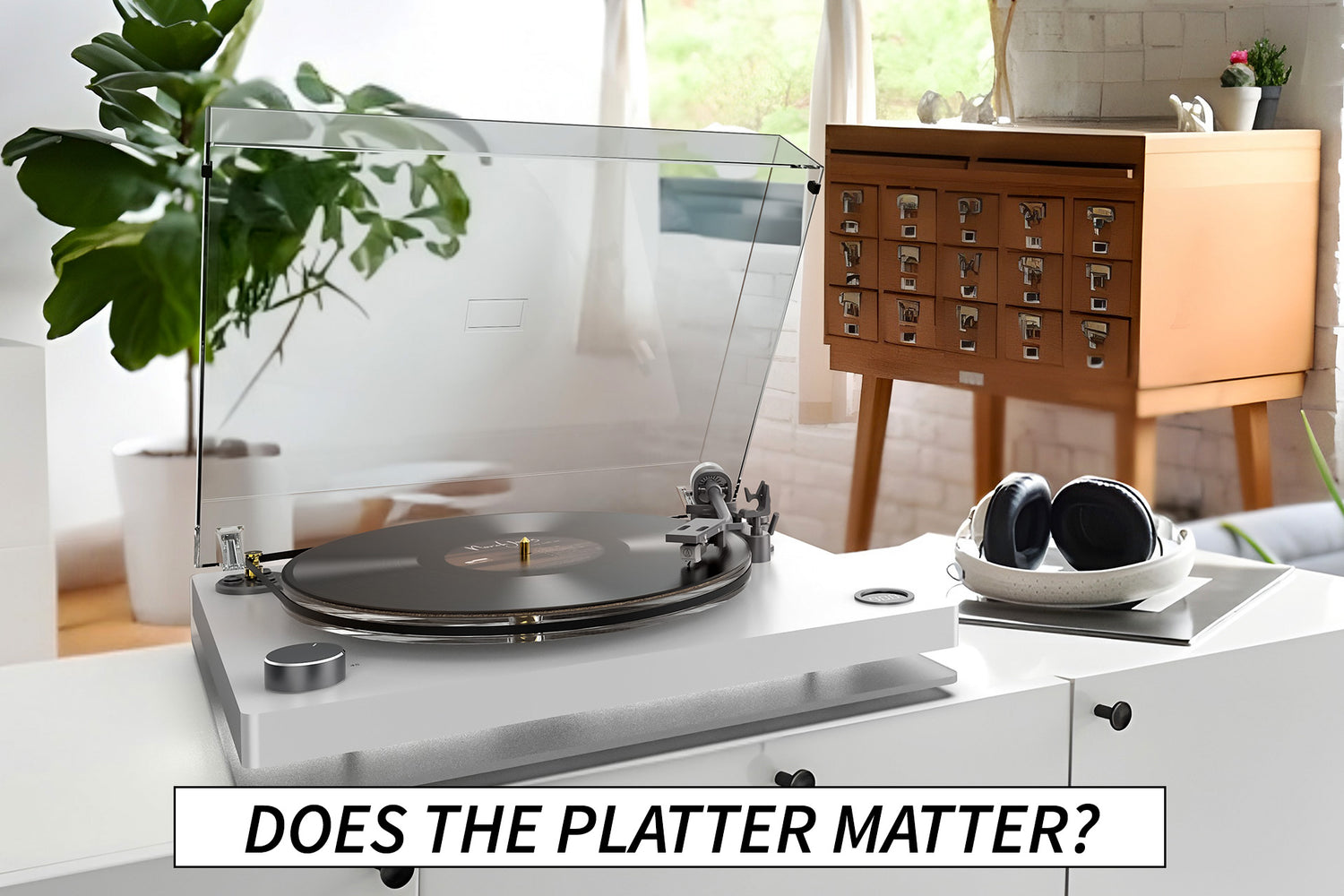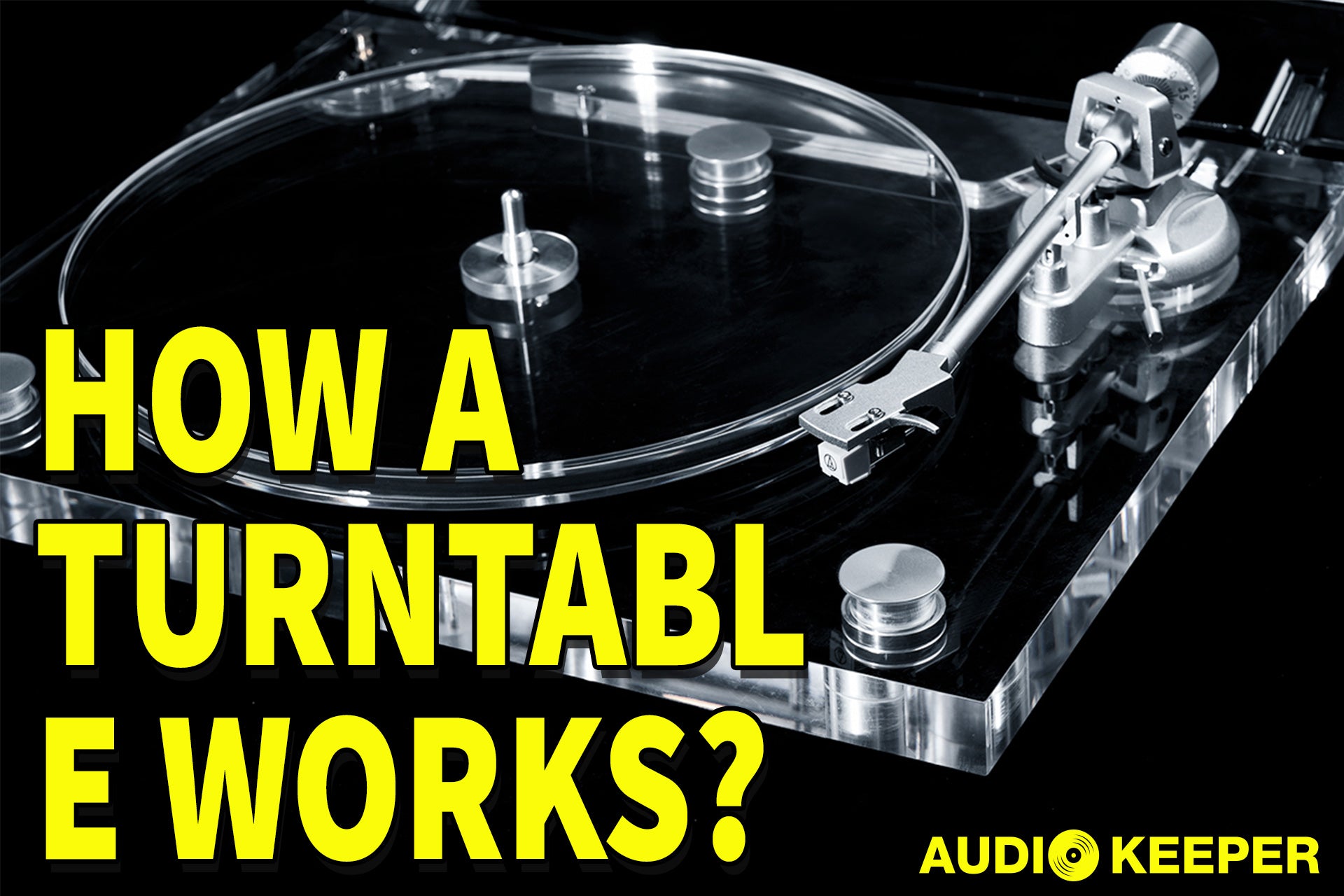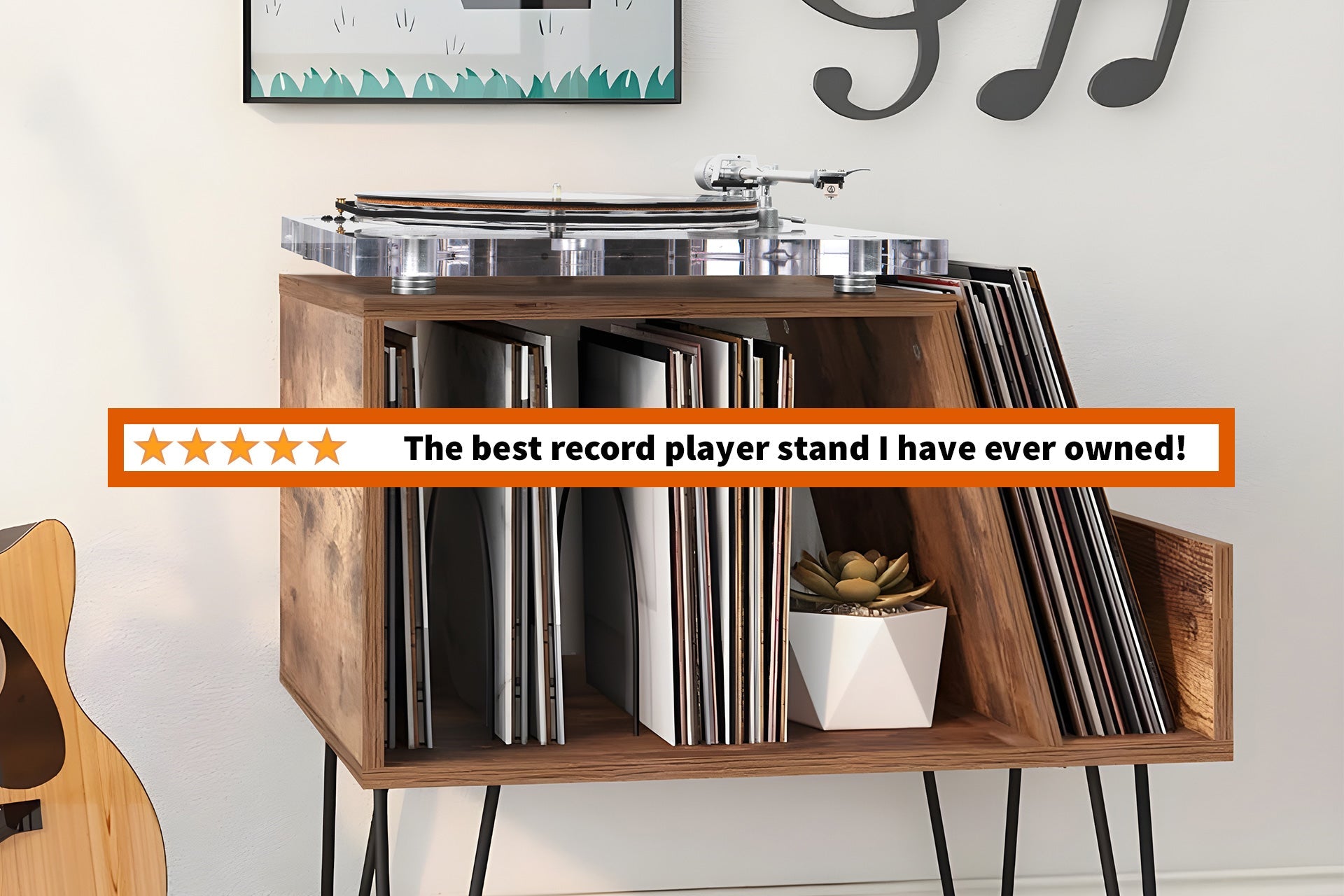Introduction
The resurgence of vinyl records has reignited interest in the mechanics of turntables. Among the key components of a turntable, the platter plays a pivotal role in the quality of sound reproduction. This comprehensive guide delves into the intricacies of how a platter impacts playback, exploring its materials, design, and interaction with other turntable elements. By the end of this article, you’ll gain a deep understanding of the platter’s significance and how it affects your listening experience.
The Function of the Platter
The platter is the rotating platform on which a vinyl record rests. Its primary functions include:
- Supporting the Record: It provides a stable surface for the vinyl to spin.
- Maintaining Speed: The platter helps keep a consistent rotational speed, essential for accurate sound reproduction.
- Isolating Vibrations: It helps reduce external vibrations that can affect playback quality.
- Ensuring Smooth Rotation: A well-balanced platter minimizes wobble and flutter, contributing to a more precise tracking of the record grooves.
Materials and Their Impact
The material from which a platter is made can significantly influence playback quality. Each material offers unique properties that affect sound resonance, vibration isolation, and overall stability.
Common Platter Materials
Aluminum
- Pros: Lightweight, good vibration damping, resistant to warping.
- Cons: May require additional damping material to reduce resonance.
- Sound Impact: Produces a clear, detailed sound with minimal coloration.
Acrylic
- Pros: Heavy, excellent resonance control, aesthetically pleasing.
- Cons: More expensive, can be prone to static buildup.
- Sound Impact: Offers a warm, rich sound with enhanced bass response.
Glass
- Pros: Heavy, rigid, provides a high-quality finish.
- Cons: Brittle, can shatter if mishandled, prone to resonance without damping.
- Sound Impact: Clear, bright sound with good detail but may highlight surface noise.
MDF (Medium-Density Fiberboard)
- Pros: Good vibration absorption, affordable.
- Cons: Heavier than aluminum, less durable than acrylic or glass.
- Sound Impact: Balanced sound with reduced resonance, offers a smooth listening experience.
Composite Materials
- Pros: Combines benefits of multiple materials, excellent damping properties.
- Cons: Can be expensive, complex to manufacture.
- Sound Impact: Provides a versatile sound profile, balancing warmth and clarity.
Evaluating Platter Materials
When choosing a turntable or upgrading its platter, consider the following:
- Weight: Heavier platters generally offer better speed stability and vibration isolation.
- Damping Properties: The material's ability to absorb vibrations affects sound clarity.
- Resonance Characteristics: Different materials resonate differently, influencing the tonal quality of playback.
Platter Design and Its Effects
The design of the platter is as crucial as the material it’s made from. Key design elements include:
Platter Mass and Weight
- Inertia: A heavier platter provides greater inertia, which helps maintain a stable speed and reduces the effects of minor speed fluctuations (wow and flutter).
- Sound Impact: Heavy platters often produce a more stable and consistent sound, with better bass response and reduced distortion.
Platter Thickness
- Impact on Sound: Thicker platters can dampen vibrations more effectively, leading to clearer sound with less interference from external vibrations.
- Heat Distribution: Thicker platters can better distribute heat generated during playback, reducing warping and preserving record longevity.
Surface Texture
- Mat Integration: The platter's surface can be designed to integrate seamlessly with mats made from rubber, felt, or cork, each contributing differently to sound damping and record stability.
- Record Grip: Some platters feature a textured surface to enhance the grip on the record, reducing slippage and improving playback accuracy.
Platter Bearings
- Role of Bearings: Bearings are crucial for the smooth rotation of the platter. High-quality bearings reduce friction and wear, contributing to quieter operation and longer lifespan.
- Types of Bearings: Common types include ball bearings and ceramic bearings, each offering different levels of smoothness and durability.
Speed Consistency and Stability
- Flywheel Effect: The mass and design of the platter create a flywheel effect, which helps maintain consistent speed and reduces wow and flutter.
- Speed Control Mechanisms: Advanced turntables incorporate electronic speed control mechanisms to ensure precise rotational speed, critical for accurate sound reproduction.
Vibration Isolation and Damping
Vibrations can negatively impact playback quality, causing distortion and reduced fidelity. The platter’s ability to isolate and dampen vibrations is crucial.
Internal Damping
- Material Properties: Some platters are made from materials with inherent damping properties, such as acrylic and MDF, which help absorb vibrations generated during playback.
- Layered Design: Platter designs may include multiple layers of different materials to enhance damping characteristics and minimize resonance.
External Damping
- Platter Mats: Mats made from rubber, cork, or felt can be placed on the platter to further dampen vibrations and reduce static buildup, enhancing playback quality.
- Turntable Feet: High-quality turntables feature adjustable feet with damping capabilities to isolate the entire turntable from external vibrations.
Platter Suspension
- Isolated Platter Systems: Some turntables employ suspended platter systems, where the platter is decoupled from the rest of the turntable chassis, providing superior vibration isolation and improved sound quality.
Interaction with Other Components
The platter does not work in isolation; its performance is influenced by and affects other components of the turntable.
Tonearm Interaction
- Tracking Stability: A stable platter ensures consistent tracking of the record grooves by the tonearm, reducing distortion and improving sound fidelity.
- Vibration Transmission: The tonearm's ability to pick up subtle vibrations from the grooves is enhanced by a well-damped platter, leading to clearer sound reproduction.
Cartridge and Stylus Performance
- Vibration Sensitivity: The cartridge and stylus are highly sensitive to vibrations. A well-designed platter minimizes unwanted vibrations, allowing the cartridge to focus on the vibrations from the record grooves, resulting in more accurate sound reproduction.
- Resonance Control: The platter’s material and design influence the resonance picked up by the cartridge, affecting the tonal balance and clarity of the audio output.
Drive System Integration
- Belt-Drive vs. Direct-Drive: The platter interacts differently with belt-drive and direct-drive systems. Belt-drive systems typically offer better isolation from motor vibrations, while direct-drive systems provide more consistent rotational speed.
- Torque and Inertia: In direct-drive systems, the platter's weight and inertia play a crucial role in maintaining speed stability and minimizing wow and flutter.
Platter Upgrades and Customization
For enthusiasts seeking to enhance their turntable’s performance, upgrading the platter can yield significant improvements.
Benefits of Upgrading
- Improved Sound Quality: A higher-quality platter can enhance sound clarity, reduce distortion, and improve bass response.
- Increased Stability: Heavier and better-balanced platters offer more consistent speed and reduced wow and flutter.
- Enhanced Vibration Isolation: Upgraded platters with superior damping properties can minimize the impact of external vibrations on playback quality.
Choosing the Right Platter
- Material: Select a material that aligns with your sound preferences and existing turntable components.
- Compatibility: Ensure the upgraded platter is compatible with your turntable’s drive system and tonearm.
- Budget: High-end platters can be costly, so consider your budget and the potential benefits before making an upgrade.
DIY and Custom Options
- Custom Mats: Experimenting with different platter mats can be a cost-effective way to modify the sound characteristics of your turntable.
- Platter Modifications: Some enthusiasts choose to modify their existing platters by adding damping materials or adjusting the weight distribution for improved performance.
Maintenance and Care
Proper maintenance of the platter is essential for preserving playback quality and extending the lifespan of your turntable.
Regular Cleaning
- Dust and Debris: Keep the platter free from dust and debris, which can affect the smooth rotation and introduce unwanted noise into playback.
- Cleaning Methods: Use a soft cloth or a dedicated turntable cleaning kit to gently clean the platter surface.
Bearing Maintenance
- Lubrication: Periodically lubricate the platter bearings to ensure smooth operation and reduce wear.
- Inspection: Check for signs of wear or damage, and replace bearings if necessary to maintain optimal performance.
Environmental Considerations
- Temperature and Humidity: Store your turntable in a stable environment to prevent warping of the platter and other components.
- Vibration Control: Place your turntable on a stable, vibration-free surface to minimize the impact of external vibrations on playback quality.
Conclusion
The platter is a fundamental component of a turntable, playing a crucial role in sound reproduction and playback quality. From its material and design to its interaction with other turntable elements, every aspect of the platter contributes to the overall listening experience. By understanding the importance of the platter and how it impacts playback, you can make informed decisions about turntable upgrades and maintenance, ensuring that your vinyl collection sounds its best.
Whether you're a seasoned audiophile or a newcomer to the world of vinyl, appreciating the intricacies of your turntable's platter can deepen your enjoyment of music and enhance your listening experience.









Leave a comment
All comments are moderated before being published.
This site is protected by hCaptcha and the hCaptcha Privacy Policy and Terms of Service apply.